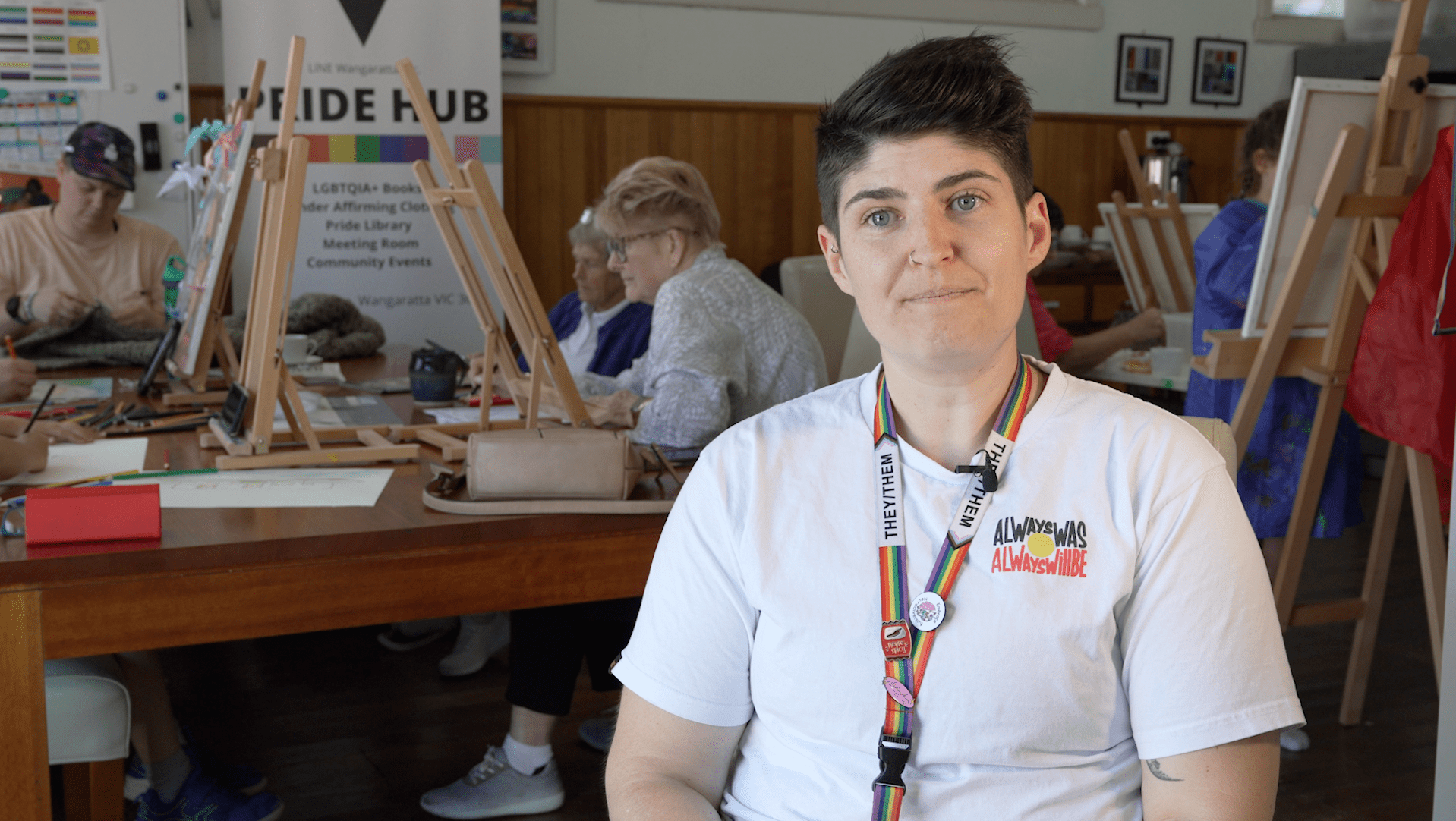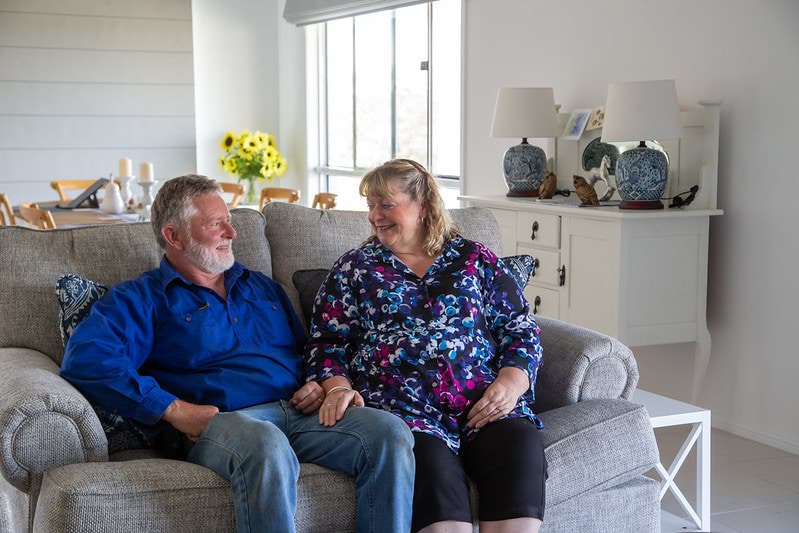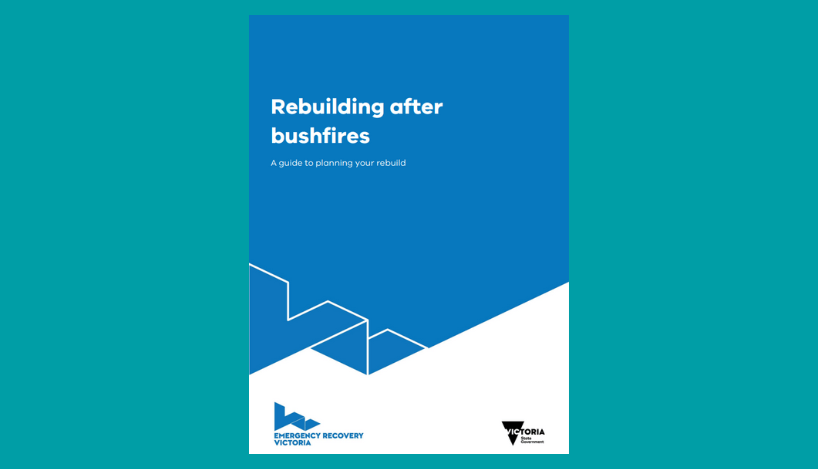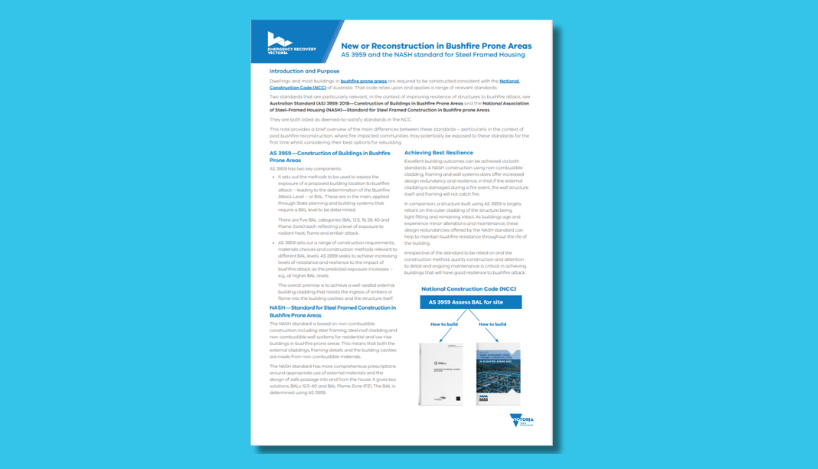Recovery support
Rebuilding Support Service
The Rebuild Support Service (RSS) is a free one-stop shop that provides support to people who are rebuilding after the 2019–20 Eastern Victorian bushfires. It has been designed for you to access at any stage of your rebuild.
The RSS is delivered by East Gippsland Shire Council and Towong Shire Council and can offer you access to:
- dedicated planning and permit information, support, and legal advice
- advice from building experts
- information on financial assistance options
- information about other services you may be eligible for.
Contact details
East Gippsland Shire
Call 03 5153 9500 or visit the East Gippsland shire website.
Towong Shire
Call 1800 518 222 or visit the Towong Shire website.
Rebates
The Victorian and Australian Governments have made up to $32,500 in rebates available for landowners whose properties were destroyed or significantly damaged by the 2019–20 Eastern Victorian bushfires.
There are 2 rebate programs available:
- planning and building assistance rebate program
- rainwater and septic tank replacement program.
You can read rebate program guidelines and apply on the Department of Energy, Environment and Climate Action website.
Recovery services
You can access a general list of supports on our Recovery services, wellbeing and support page.
Recovery services, wellbeing and support
Find out more about the support, advice and counselling available as you and your family recover from storms, bushfires or floods.
Recovery progress
The 2019–20 Eastern Victorian bushfires had a devastating affect on Victorian communities. Lives were lost, thousands were displaced and many communities were temporarily isolated.
There was significant damage to the environment, loss of and damage to significant cultural heritage and large numbers of deaths of wildlife.
Over 1.5 million hectares of Country were burnt in the fires – an area containing more than 1,000 registered Aboriginal heritage places.
Our organisation was established to coordinate Victoria's recovery efforts and support community-led recovery in the affected areas.
Recovery progress snapshot
- 736bushfire affected properties cleaned up
- 500+bushfire hazard assessments completed
- 265homeowners helped by the Rebuild Support Service
- 75,000tonnes of debris removed
- 22Recovery Committees established
Grants and programs
We coordinated a range of support programs and initiatives across our 5 lines of recovery:
- people and wellbeing
- Aboriginal Culture and Healing
- environment and biodiversity
- business and economy
- buildings and infrastructure
We also rolled out a range of grants to address recovery needs. You can read more about the grants opportunities that were available, on our grants page.
Recovery Support program
The dedicated Recovery Support program linked individuals and families with support, including access to emergency accommodation.
Recovery support for Aboriginal Victorians
Following the 2019–20 Eastern Victorian bushfires, we implemented a dedicated line of recovery called Aboriginal Culture and Healing (ACH) to better support Aboriginal Victorians affected by disaster.
The ACH line of recovery guides us and our recovery partners to embed Aboriginal self-determination into their service design and delivery. This ensures that Aboriginal Victorians inform appropriate and targeted recovery responses.
In addition, an Inspector General for Emergency Management (IGEM) recommendation in relation to Aboriginal communities prompted us to develop and now implement the Strategy for Aboriginal Community-led Recovery. This strategy was informed through extensive engagement with Aboriginal communities affected by this bushfire event and subsequent flooding.
The 2019-20 related Aboriginal community engagement process was led by the Federation of Victorian Traditional Owner Corporations. Read the Strategy for Aboriginal Community-led Recovery.
Short-Term Modular Housing program
The Short-Term Modular Housing program (STMH) was a temporary accommodation option for those who lost their primary place of residence in the 2019–20 Eastern Victorian bushfires. The program provided 82 safe and suitable homes to people while they rebuilt.
Read case studies from STMH recipients.
Community recovery hubs and committees
We partnered with the most impacted councils from the fires – those of East Gippsland, Towong and Alpine Shires, to support them to have the capacity and capability needed for local planning, coordination and support. We operated 8 Community Recovery Hubs to help people to access the services they needed.
We also established and facilitated 22 Community Recovery Committees so communities could plan and lead their own recovery.
State Recovery Plan
The State Recovery Plan sets out our comprehensive and coordinated plan for the recovery of communities impacted by the 2019–20 Eastern Victoria bushfires.
View the full State Recovery Plan below.
Stories of community recovery
Read case studies about local communities who have taken a lead on their own recovery journeys following the 2019-2020 Eastern Victorian bushfires.
By listening to and learning from those who’ve experienced this event first hand, we can strengthen our support for community-led recovery.
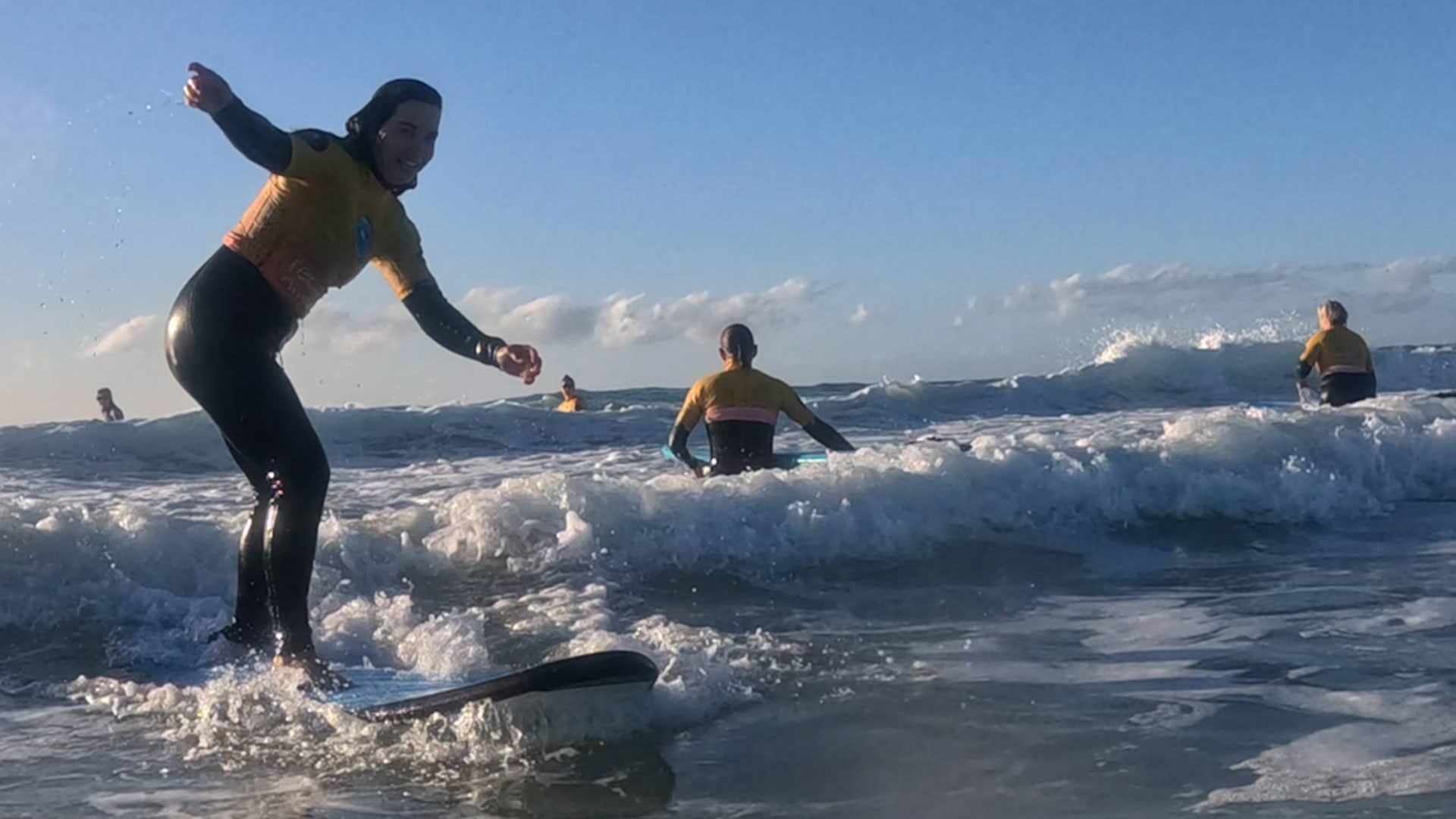
Mallacoota residents surfing the waves of recovery
Reclink Australia has been helping Mallacoota residents re-engage with their environment following the 2019– 2020 Eastern Victorian bushfires.
More case studies can be found on our Stories of community recovery page.
Resources
Updated
